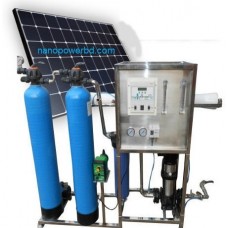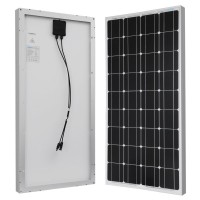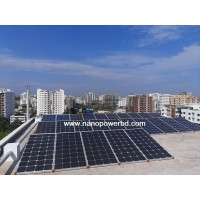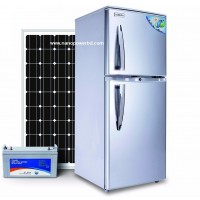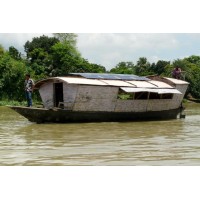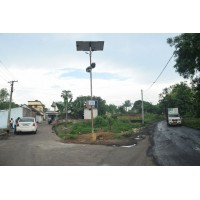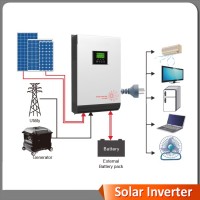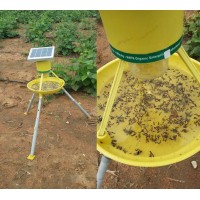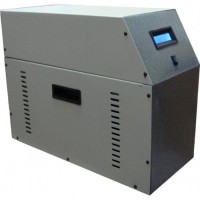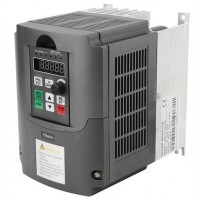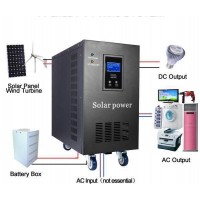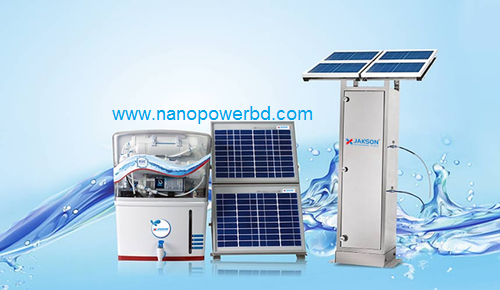

Drinking water supplies in the United States are among the safest in the world. However, even in the U.S., drinking water sources can become contaminated, causing sickness and disease from Drinking water sources are subject to contamination and require appropriate treatment to remove disease-causing agents. Public drinking water systems use various methods of water treatment to provide safe drinking water for their communities. Today, the most common steps in water treatment used by community water systems (mainly surface water treatment) include:
-
Coagulation and Flocculation
Coagulation and flocculation are often the first steps in water treatment. Chemicals with a positive charge are added to the water. The positive charge of these chemicals neutralizes the negative charge of dirt and other dissolved particles in the water. When this occurs, the particles bind with the chemicals and form larger particles, called floc.
-
Sedimentation
During sedimentation, floc settles to the bottom of the water supply, due to its weight. This settling process is called sedimentation.
-
Filtration
Once the floc has settled to the bottom of the water supply, the clear water on top will pass through filters of varying compositions (sand, gravel, and charcoal) and pore sizes, in order to remove dissolved particles, such as dust, parasites, bacteria, viruses, and chemicals.
-
Disinfection
After the water has been filtered, a disinfectant (for example, chlorine, chloramine) may be added in order to kill any remaining parasites, bacteria, and viruses, and to protect the water from germs when it is piped to homes and businesses.
-
Coagulation and Flocculation
Solar Water Treatment Plant
- Brand: Nano Power
- Product Code:Solar Water Treatment Plant-982
- Availability:In Stock
-
Tk.0
- Ex Tax:Tk.0
Related Products
Solar Panel PV
The term solar panel is used colloquially for a photo-voltaic (PV) module.A PV m..
Tk.0 Ex Tax:Tk.0
Solar Refrigerator
We provide customized Solar Fridge-refrigerator,Please call/Email us for details.... (info@nanopower..
Tk.0 Ex Tax:Tk.0
Solar Out Boat
We install,commissioning different type Solar Out Boat as you require.Please call/Email us for detai..
Tk.0 Ex Tax:Tk.0
Solar ON Grid - OFF Grid - Hybrid Power Plant
Solar On Grid Power Plant,For more details please call/email us..
Tk.0 Ex Tax:Tk.0
Solar Insects Trap
Features : Stand height = 6 feet,Ultra Violet & 20Khz lights for attracting insects,Killing inse..
Tk.15,000 Ex Tax:Tk.15,000
Solar ON Grid Inverter
Solar ON Grid Inverter.... (For More Details please call us at : 01733115391,01833059369) ..
Tk.0 Ex Tax:Tk.0
Solar MPPT/PWM Charge Controller(50A,12V~96V)
Solar MPPT & PWM Charge Controller.Features :::1)True MPPT & PWM.2)Buck-Boost module enabled..
Tk.0 Ex Tax:Tk.0
Solar OFF Grid Inverter
Features :1)Dspic MCU based Circuit2)100% Pure sine wave3)PWM Output4)Hybrid facility5)Auto Thermal ..
Tk.35,000 Ex Tax:Tk.35,000
5.5kw Solar Water Pump Inverter with MPPT controller
Vector Control frequency converter DC 200V-400V to Three-phase 220V 5.5kw solar pump inverter with M..
Tk.75,000 Ex Tax:Tk.75,000
5000Wp - Solar & Wind Power Solution
5000Wp - Solar & Wind Power SolutionPlease call us for details...
Tk.0 Ex Tax:Tk.0
Tags: solar, power, energy, ips, service, off grid, on grid, water, treatment

